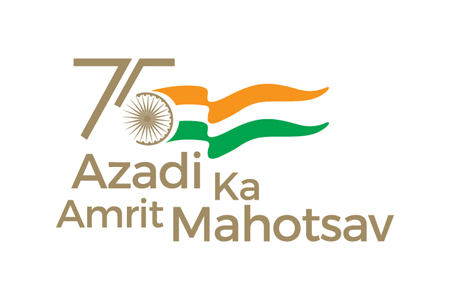- Approved by AICTE & Affiliated to the University of Mumbai | Accredited With B++ Grade by NAAC | Choice Code : 311310210
Fostering leadership must for firms

Article published in Financial Express dated 25/10/2017, Pg. No. 9
Organizations across the globe are facing acute talent shortage; the HR departments are struggling to find solutions. The skill gaps for the higher positions are large and wide. Organizations are in a hurry to do business and meet their business targets, in due course, they tend to ignore the future leadership crisis. Most organizations lack the ability of developing leadership pipeline. According to Booz & Company’s (the publisher of strategy + business) recent report based on in-depth analysis of top 500 global companies, by end 2017, 15 to 18 percent of leadership positions in some big companies will be vacant. The fact is they might be filled by people who are unfit for those jobs. This implies that companies will be missing almost one of every five leaders they need. In the absence of full leadership quorum, those companies can go off track and might lose out on several growth opportunities.
The biggest tight spot in talent shortage is Indian higher education system. The universities, colleges and schools are “terrible.” We have taken the academic leadership for granted. The Indian education requires urgent reforms, says noted mathematician M.S. Raghunathan, head of the National Centre for Mathematics, Indian Institute of Technology, Mumbai. With a median age of 25 years, India has over 550 million people below the age of 25 years. According to Census figures, over 32 per cent of the 1.1 billion populations are between the age group 0-14. This means that the number of people in India needing primary and secondary education alone exceeds the entire population of the USA. Since these students will be seeking higher education in India, over the next decade it illustrates the sheer size of the Indian education market. 100% FDI in education is allowed through automatic route has given impetus to spurting growth among educational institutions.
According to many stalwarts in academia, our institutions of higher education are ailing because they run without the right human resources to back them. We need reforms right from primary education, particularly the schools. Again, schools attended by economically weaker sections of the society are pathetic. Another point of concern is the people who are responsible for the recruitment are themselves not of right quality,” says M.S.Raghunathan. One of the main facts is that higher education institutions that came before Independence seemed to have maintained better standards than the ones that followed. Political and bureaucratic interference makes it all the more difficult to hold on to high standards.
According to Talent Shortage Survey conducted by ManpowerGroup which is the world leader in innovative workforce solutions, connecting human potential to the power of business, almost 65% of Indian organizations are struggling to fill the top positions, which include positions in IT, cyber security, analytics, accounting, law, and marketing. The business world exists amid VUCA environment and talent shortage is the biggest challenge. As skills need rapid changes, employers are groping for solutions outside and seldom inside.
It is difficult to retain the anxious and hasty generation Y workforce in organizations. They want novelty and challenges in their job profiles, they seek rewards and gratification from the jobs immediately compared to their older counterparts. The new generation is in search of an “ideal” profile, fatter pay packets and quick promotions. They don’t mind changing jobs often. Many organizations are therefore experiencing challenges in employee retention.
Organizations neglect the scouting process of leadership either due to a poor practice of succession planning or insecurity among the senior leadership. According to a KPMG report, nearly a fourth of organizations have filled less than 25% of critical roles with candidates who are not fully prepared for the role. Majority of companies are most worried about having an insufficient pipeline of young leaders who lack depth for critical roles. And, some companies are not even sure about the efficacy of their leadership pipeline-building mechanisms.
The Peter Principle, devised by Laurence J Peter in 1968, observes that in an organizational hierarchy, every employee will rise or get promoted to his or her level of ineffectiveness. What it implies is that in a hierarchical environment, people will receive promotions so long as they work capably. Eventually, they will be promoted to a position at which they are no longer competent. This leads to a situation where they are unable to get further promotions, and eventually, they clog up the pipeline for those who can still move up. Are organizations practicing transparent HR policies?
In India, the Tata Group is giving its flagship leadership programe, TAS (Tata Administrative Services) a makeover. The group has started focusing on ’employee life cycle’ which studies the employee’s progression in the organization from joining date. The group now centers on developing, mentoring and managing the career of every manager listed under the programe. At Hindustan Unilever – the FMCG giant, the managers at all levels are occupied in identifying talent among their subordinates. At Vodafone, sensing the need to develop talent for senior roles, the firm has extended its cross-functional induction program to 45 days which earlier was shorter. Some dynamic companies are using job rotation method to find the right ‘fit’ for the right job. Building leadership pipeline is becoming need of the hour for business organizations for building internal talent for significant roles in future.
If organizations rebuff the challenge of talent gap, it might blow out of proportion without a sensible panacea.
Prof. Dr. Vidya Hattangadi

